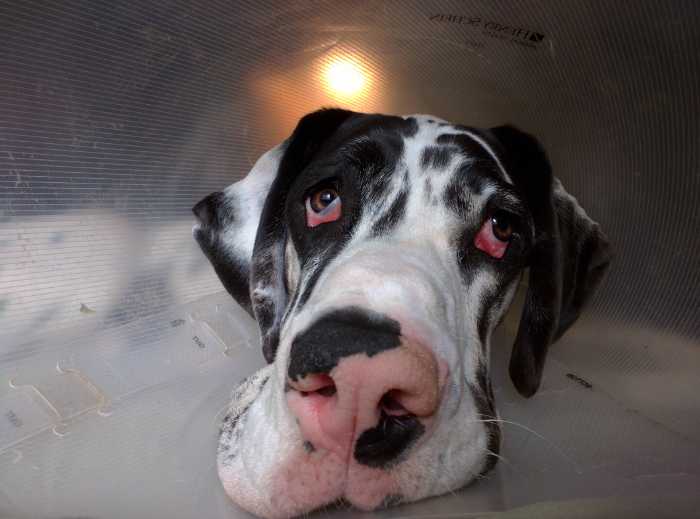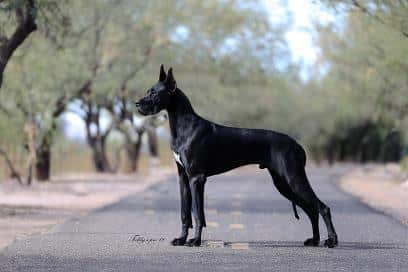
What is the Best Food for Dogs with Upset Stomach? Is the answer really so simple? WHAT IS THE BEST FOOD FOR DOGS WITH AN

What is the Best Food for Dogs with Upset Stomach? Is the answer really so simple? WHAT IS THE BEST FOOD FOR DOGS WITH AN

Great Dane Dry Skin- a topic that many people struggle with. The winter months can be harsh on our skin, and the same is true